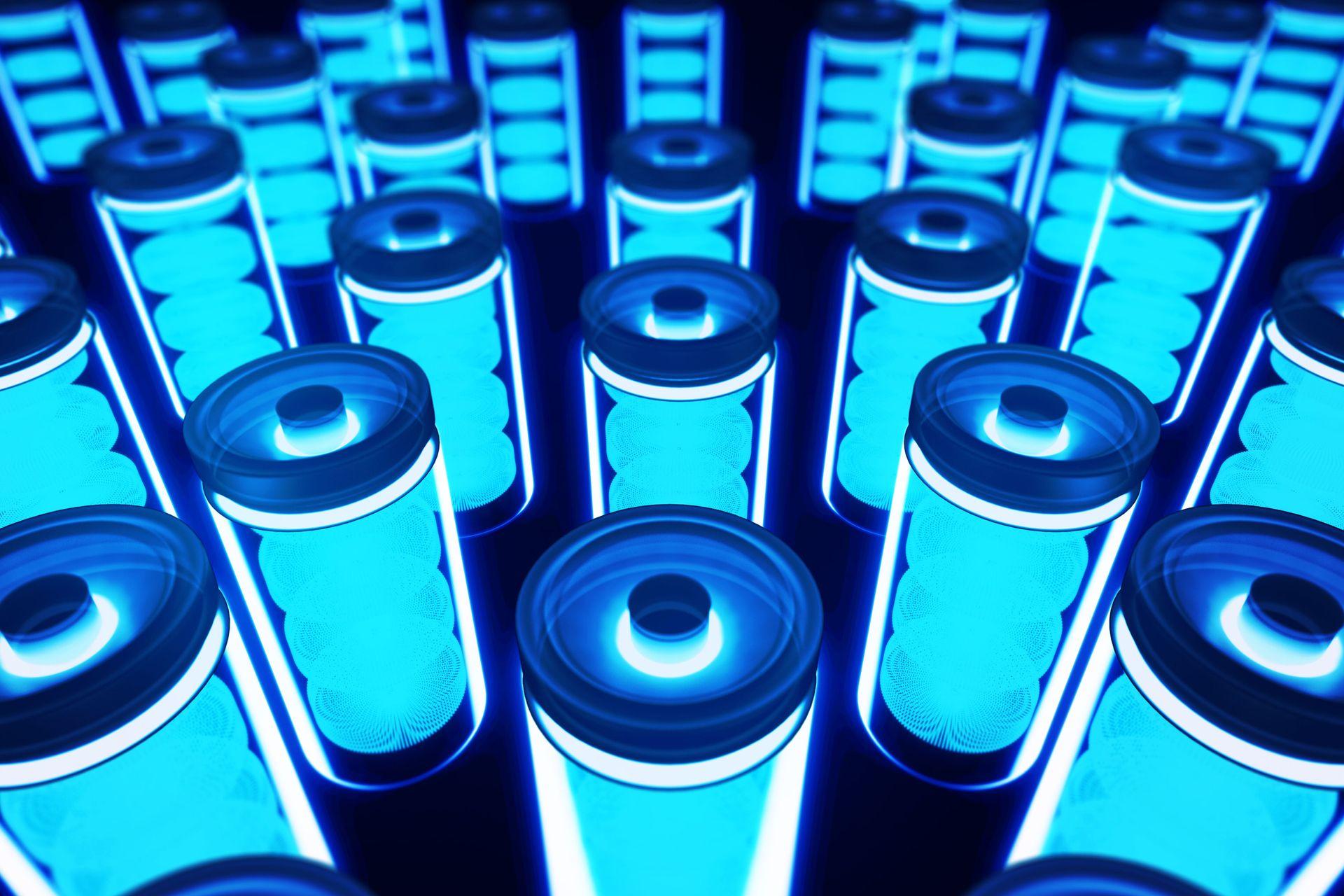Flow Battery: A Promising Storage Solution for Renewable Energy

The growing adoption of renewable energy around the world has put the spotlight on efficient energy storage technologies that can store surplus energy for future use. Lithium-ion batteries have been the storage solution of choice so far but flow batteries provide an alternative with some unique advantages. Let's take a closer look at how flow batteries work and why they hold promise as a storage system for renewable energy.
What is a Flow Battery?
A flow battery works by using electrolyte solutions of dissolved chemicals stored in external tanks instead of solid electrodes inside the battery. The electrolyte solutions containing active electrode materials are pumped from the storage tanks through the stack of electrochemical cells where the power generation reaction takes place.
During charging, the electrolyte molecules are reduced and oxidized at the two half-cell electrodes and the charged species are stored in separate tanks. During discharging, the charged electrolyte species react to produce electricity. Since the energy capacity depends on the volume of electrolyte stored rather than internal solid electrodes, flow batteries allow scaling of capacity by simply increasing the size of the external tanks.
Key Components and Working
At the core of a Flow Battery is its stack of electrochemical cells where the redox reactions take place. The cell stack typically contains many membrane-separated cells arranged together between bipolar plates that serve as current collectors. During operation, the electrolyte solutions are pumped from external tanks through the cells.
Each cell contains two electrodes - an anode and a cathode - separated by an ion-exchange membrane. In charging mode, the electrolyte passing through the anode is oxidized, releasing electrons that travel through the external circuit to charge the system. Simultaneously at the cathode, the other electrolyte is reduced by accepting electrons from the external circuit.
The charged electrolyte species are then stored back in their respective tanks until needed. During discharging, the process is reversed as the charged electrolyte species react electrochemically to produce electricity. The ability to store large volumes of electrolyte offers flow batteries inherently high energy capacity.
Technical Advantages and Limitations
Key advantages of flow batteries over lithium-ion and other solid battery technologies include:
- Decoupled power and energy capacity: Power (kW) and energy (kWh) can be independently scaled by increasing cell stack size and electrolyte volume respectively.
- Long cycle life: being liquid-based systems, flow batteries experience little volume change during cycling unlike solid-electrode batteries. Cycle life is also unaffected by depth of discharge.
- Good load-levelling ability: Flow batteries can deliver steady power for hours by continuously pumping electrolyte through the stack.
- Cost-effective storage: Large-scale systems benefit from economies of scale in electrolyte production and storage tank fabrication.
However, flow batteries also have some limitations like relatively low energy densities, higher self-discharge rates than lithium-ion, and relatively higher initial installation costs per unit of power or capacity. Additional electrolyte pumping and piping also reduce system efficiency slightly.
Popular Flow Battery Chemistries
Vanadium redox battery (VRB) is the most commercially proven flow battery chemistry till date with over 200MW of installations worldwide. It uses vanadium in multiple oxidation states dissolved in an electrolyte. Key suppliers include Sumitomo Electric, Vimtec, and CellCube.
Zinc-bromine (Zn-Br) was an early commercial flow battery type but fell out of favor due to high costs. New developments use lower-cost zinc salts and organic bromine carriers. Aquion Energy is a key vendor here.
Hybrid sulfur batteries are a promising next-gen technology using polysulfide/sulfur dissolved in organic electrolyte. They offer higher energy density than VRB and Ambri is a leader in this chemistry.
Iron-chromium (Fe-Cr) flow batteries emerged recently using low-cost, abundant and non-toxic materials. Their maximum operating temperature of 70°C enhances siting flexibility. ESS Inc. is a early developer here.
Membrane-less flow batteries eliminate the ion-exchange membrane for better performance and lower costs. Researchers at Rensselaer Polytechnic Institute have demonstrated a prototype alkaline quinone flow battery architecture.
Applications and Market Prospects
Flow batteries are ideally suited for stationary energy storage applications like -
- Renewable energy smoothing: Storing excess solar and wind power for times of low generation.
- Commercial/industrial power quality: Providing backup power, peak shaving and power factor correction services.
- Microgrids: Enabling isolated grids to effectively use renewable energy without grid connection.
- Electric utility services: Providing frequency regulation, transmission/distribution upgrade deferral and black start capability.
The global flow battery market was valued at $290 million in 2020 and is projected to grow at over 20% CAGR to exceed $1.25 billion by 2027. Falling costs, improving performance and the critical role of energy storage are driving increased flow battery deployment, especially for large-scale renewable energy projects. As technology evolves further, flow batteries have the potential to revolutionize how renewable energy is stored and managed globally. _
Get more insights on this topic: https://www.insightprobing.com/flow-batteries-the-next-generation-of-large-scale-energy-storage/
- Art
- Causes
- Crafts
- Dance
- Drinks
- Film
- Fitness
- Food
- Spiele
- Gardening
- Health
- Startseite
- Literature
- Music
- Networking
- Andere
- Party
- Religion
- Shopping
- Sports
- Theater
- Wellness
- IT, Cloud, Software and Technology


